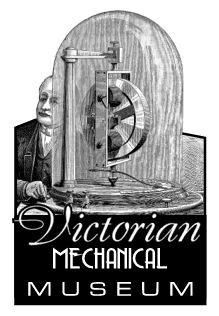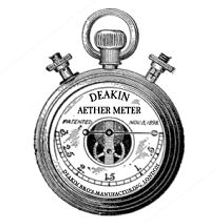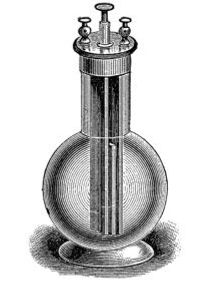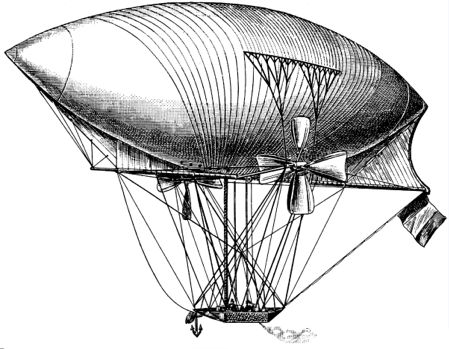 |
| Collection Item 317: Adventures in Rocket City Lobby Card. 1942. |
What possible connection does a 1942 movie serial have to the Hawkins Strongbox histories? That is the riddle presented by Collection Item 317.
Adventures in Rocket City was a fifteen chapter movie serial produced by Hyperion-Zephyr Productions and released during the summer of 1942. Discovered inside the Hawkins Strongbox was an original studio lobby card used to promote the picture and now archived as Collection Item 317. The item measures 11 in x 14 in and was printed in a sepia tone black and white.
Hyperion-Zephyr Productions was a part of Hollywood's poverty row, a collection of studios that specialized in B pictures and movie serials. The studio emerged in late 1939, taking over the former Disney Studio location at 2719 Hyperion Avenue in the Silver Lake neighborhood just east of Hollywood. Walt Disney had moved his studio to Burbank earlier that year. Hyperion-Zephyr used that facility for soundstage production, while operating a backlot at the Timberjack Movie Ranch in the nearby San Fernando Valley.
Despite its second-class status in the studio hierarchy, Hyperion-Zephyr earned a reputation for producing good looking films with impressive optical and special effects that belied their typically low budgets. While most of the other poverty row studios focused on westerns and crime dramas, Hyperion-Zephyr specialized in science fiction and fantasy adventures. Adventures in Rocket City was one of the studio's more high profile endeavors and spawned two sequels, Revolt of the Rocket City Robots in 1944 and Rocket City Race to Jupiter in 1945.
But what connects all of this to the Hawkins Strongbox and its storied cast of 19th century historical characters? An examination of the credits on the lobby card provides at least some answers.
Adventures in Rocket City was inspired by a series of stories by Adler Fanshaw, published in the magazine Startling Stories between 1939 and 1942. As visitors here know, Fanshaw was a member of the Society of the Mechanical Sun. Following his retirement from newspaper work in 1925, he wrote novels and short stories until his death on 15 August 1953.
 |
| Publicity Photo of Ted Hawkins. 1942. |
The serial starred Ted Hawkins as hero Preston Powers. Hawkins was born Theodore Victor Pepper on 20 October 1904 in Duquesne, Pennsylvania. He was the youngest son of parents Brent Hawkins Pepper and Orphelia Burby Pepper. His paternal grandfather was Geoffrey Hawkins.
The film was directed by Magnus Deakin. He was born in 1908 to parents Everett Deakin and Mary Ann Hughes Deakin. His paternal grandparents were Timothy Deakin and Falynne Hyperion Deakin. Magnus Deakin was one of four individuals who formed Hyperion-Zephyr Productions. It would appear that the name of the studio was inspired in part by Falynne Hyperion's late 19th century airship fleet. Prior to the studio's inception, Magnus Deakin worked for Walt Disney Productions where he helped develop the multiplane camera and numerous other technical innovations.

































